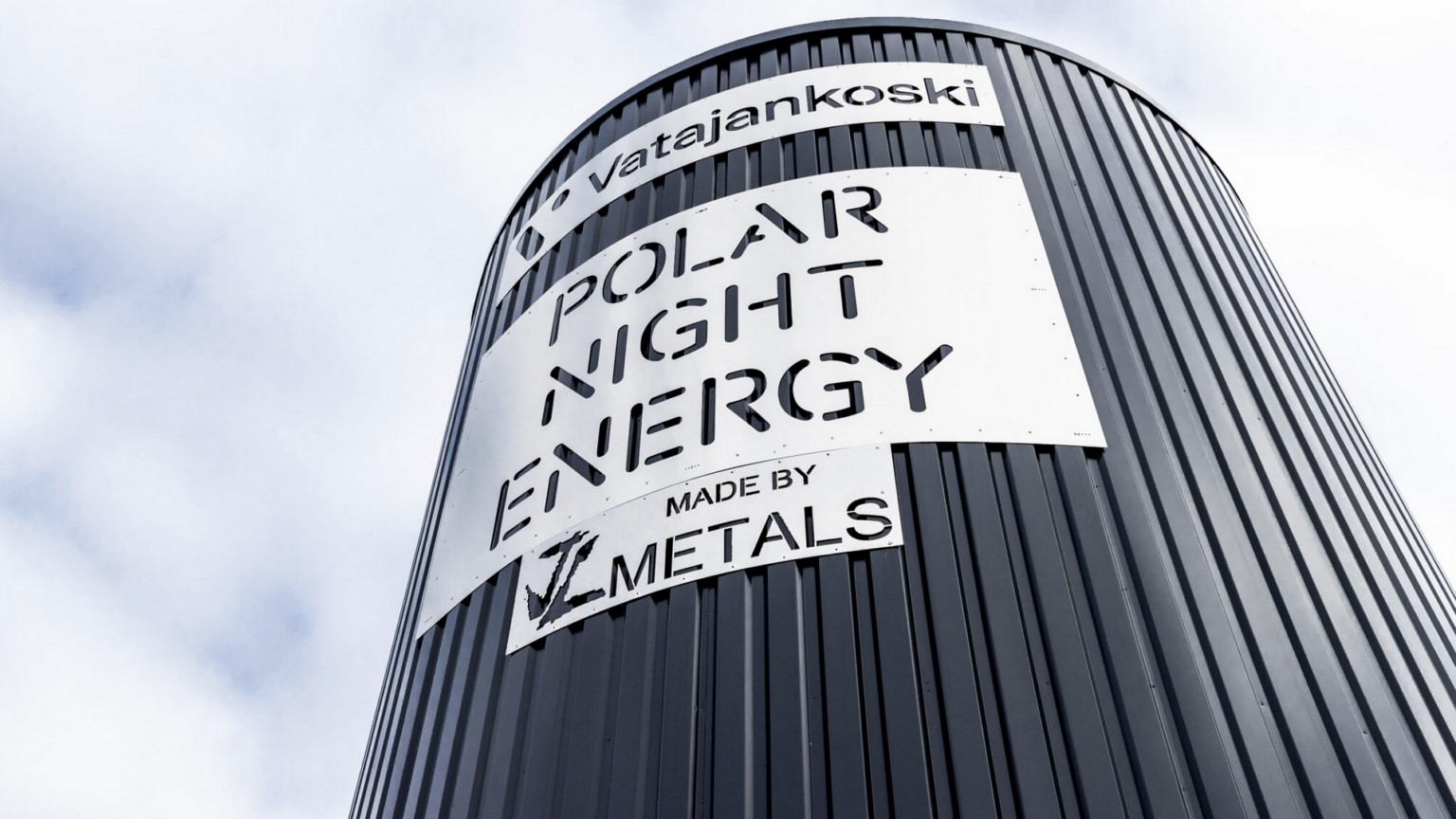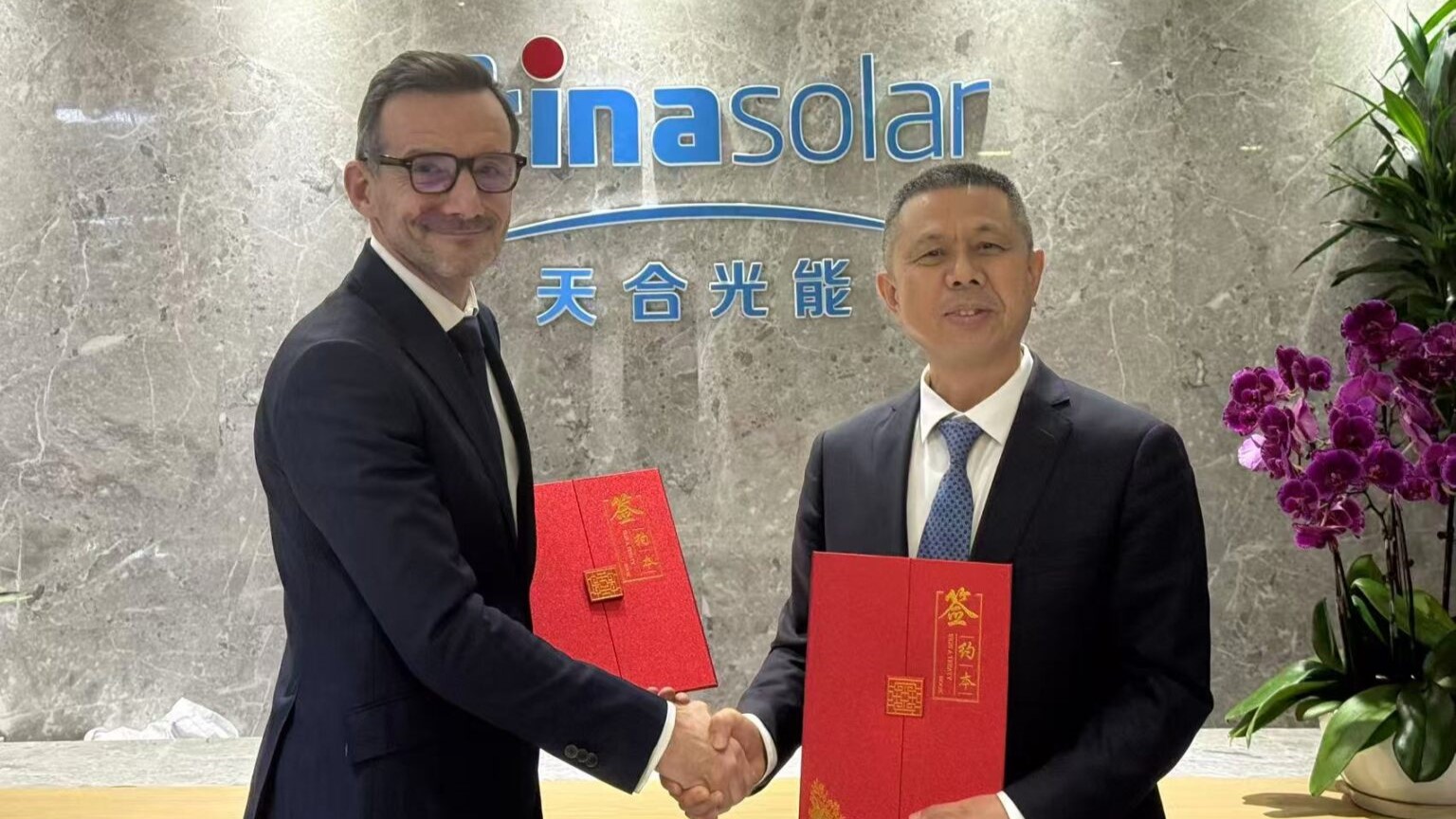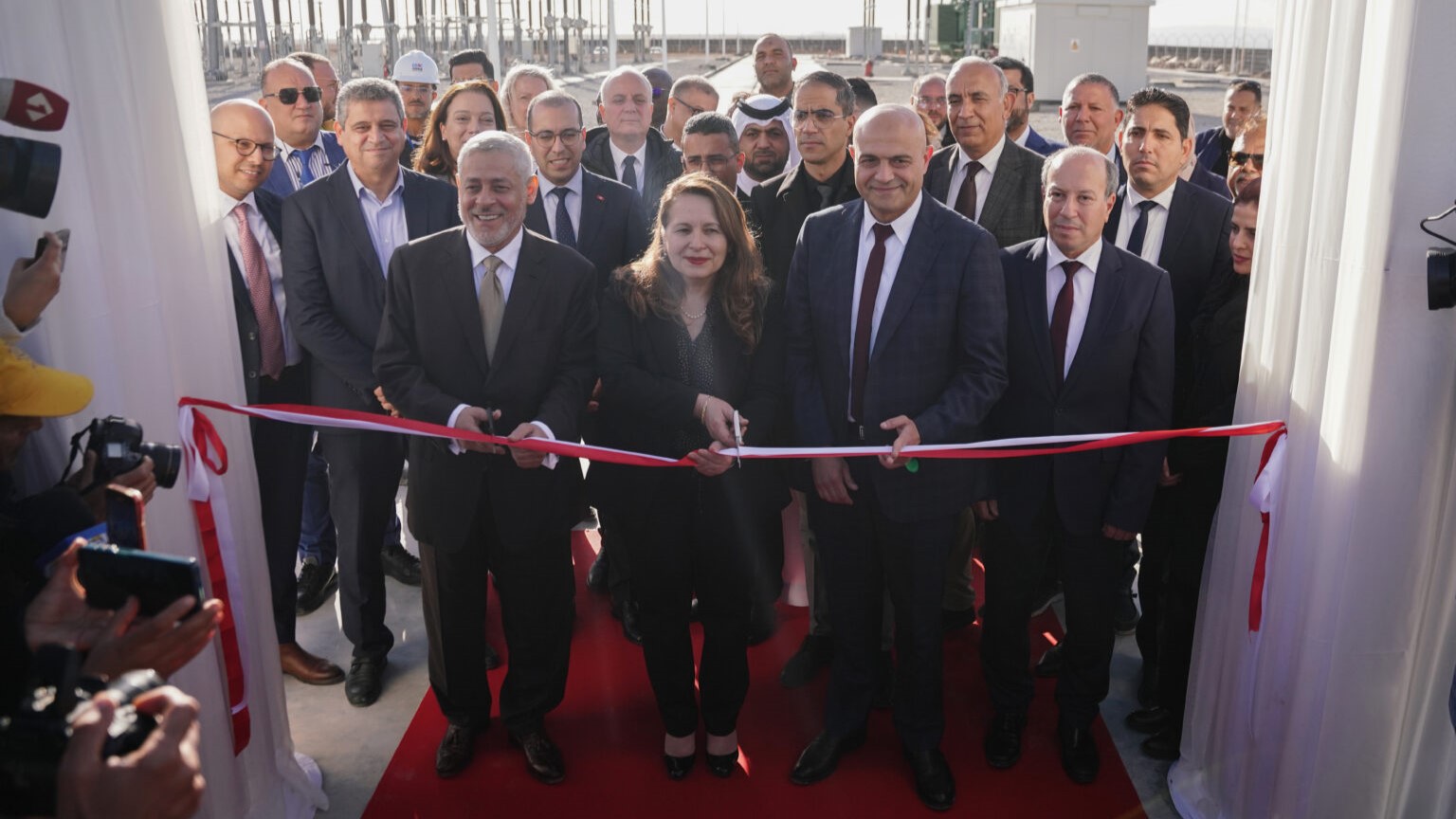EirGrid has opened consultation on its proposed procurement model for long-duration energy storage (LDES), setting out how such assets will be financed, dispatched, and connected to the national grid. The paper, which was released last week, takes the country closer toward a market framework for multi-hour storage.
First, EirGrid’s definition of long-duration has been set at minimum four hours, with no maximum, with an explanation of how the timeframe was reached. Next, the proposal also sets a minimum round-trip efficiency (RTE) for assets of 75%, which may effectively exclude some storage systems such as thermal energy storage systems or TES, such as molten salt or phase-change materials, when using the heat to convert back to electrical energy (TES company Rondo Energy claims its heat battery has a round-trip efficiency “above 97%” but only supplies heat in its first operational store). Some mechanical systems like compressed-air energy storage (CAES), typically fall below that 75% level as well.
In addition, the assets are required to deliver instantaneous response and controllability suitable for dispatch by EirGrid. To quote the paper, EirGrid defines the service as the ability to “import, store, and export electricity at times deemed suitable by the TSO to minimise re-dispatch”. Operationally, EirGrid will control dispatch and each day at 10:00, participants will receive an “operational envelope” defining charging and discharging windows, updated if grid conditions change, to prevents worsening local congestion or curtailment. In addition, the paper says “hybrid connections and projects that maximise utilization of existing connection points will receive greater weighting during the tender phase.”
The consultation proposes a staged process, beginning with an initial tender to secure at least 201 MW of capacity from multiple projects, equivalent to at least 804 MWh, through an EU-compliant competition. A qualification system will allow later rounds without repeating the full pre-qualification stage. The minimum capacity is 20 MW for hybrid (co-located) projects and 75 MW for standalone systems, with a 100 MW ceiling per site. The procurement targets a total of up to 500 MW following the completed process across all stages.
In terms of revenues, the proposed payment model combines a revenue floor with revenue sharing when actual earnings exceed the floor. Developers will submit a floor price and further, the floor will be capped following Levelised Cost of Storage (LCOS) analysis, with the paper noting “We will publish our LCOS assumptions for scrutiny by market participants at the next phase of consultation.”
In terms of the sharing, the consultation proposes a 70/30 split in favour of the asset owner, with open-book accounting across the contract period.
The consultation paper from EirGrid can be found here, and the TSO said an industry webinar is scheduled for 5 November, followed by the consultation close on 24 November.
Details on cost caps, levelized-cost assumptions, and interactions with capacity and flexibility markets will follow in a later phase. The first contracted projects are expected to reach operation by 2030.








